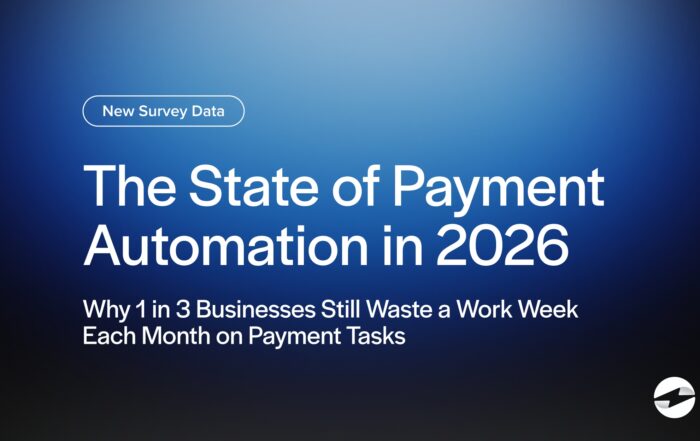What is an offline credit card transaction?
An offline credit card transaction is when a payment is processed without an immediate connection to the card issuer. Instead of being authorized in real-time, the transaction is stored and processed later when an internet or network connection is available.
Imagine a coffee shop loses internet during a busy morning rush. Instead of turning customers away, the barista continues to swipe cards and take orders. With offline credit card processing, the payments will go through once the system reconnects.
Offline transactions are used in situations where connectivity is unreliable, like airplanes, cruise ships, or remote locations. Some businesses use them as a backup in case of system outages to keep the business running smoothly—even when technology doesn’t cooperate.
Key Points
- Offline credit card transactions allow you to take payments without an internet connection and store the transaction for later processing. Useful during outages or in remote areas.
- While convenient, offline transactions carry risks. Without real-time authorization, you risk not getting paid if a card is declined once the connection returns. Set safeguards like spending limits or only use offline processing with trusted customers.
How to do an offline credit card transaction
Most modern terminals do not process offline transactions by default, so you usually need to enable offline mode manually in the settings. This feature is sometimes called “store-and-forward” or “offline authorization.”
Once enabled, processing an offline transaction varies by payment system, but the general steps are:
- Enter transaction details – Enter the purchase amount and swipe or insert the customer’s card as usual.
- Store the transaction – Since there’s no immediate authorization, the payment terminal saves the transaction for later processing.
- Get transaction approval – Some merchants require customers to sign a receipt or provide additional verification to confirm the purchase.
- Process the transaction later – Once the internet or network connection is restored, the stored transactions are sent to the payment processor for final approval and settlement.
Remember, offline transactions come with risk. If the card is declined later, you may not get paid. To reduce this risk, it’s recommended that spending limits be set for offline purchases or that they only be allowed for repeat customers.
Offline credit card transactions protect your business operations when your internet goes down. Your sales shouldn’t stop just because the Wi-Fi does. While useful in emergencies or remote locations, use them with caution to avoid chargebacks and declined payments.
You May Also Like
Read More
QuickBooks Payments Fees vs. Lower-Cost Alternatives: 2026 Guide
Read More
EBizCharge Listed as a 2025 Construction Executive Top Construction Technology Firm
Read More
Read More



